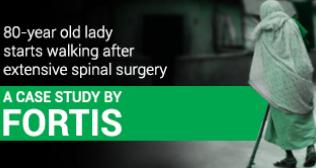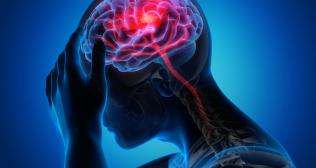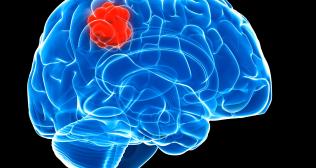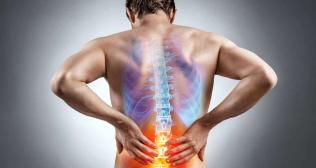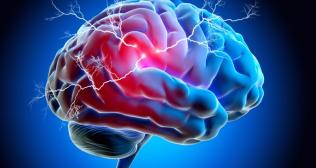
Traumatic Brain Injury: Symptoms, Causes and Management
-Frequent incidence & High mortality: 1.5- 2 million per year; Mortality estimated to be as high as 1 million per year
-50% of all trauma deaths and 60% of traffic accident deaths
-Initial care important to prevent secondary brain damage
-Early patient transfer and specialist Neurosurgical consultation essential
Causes of Injury:
In India common causes include road traffic accidents (60%), fall from a height- usually farm workers or construction site workers, domestic falls and fall down stairs (20-25%), sporting injuries and assault (10-20%). Violence and Gun-shot wounds to the head are also increasing in incidence. Disproportionately higher incidence in young adult males: Most common age group 20-39 years- can be a cause of significant socio-economic distress.
The traumatic brain injury may be mild or severe.
The traumatic brain injury may also be classified as focal or diffuse.
Focal injuries include brain contusions and a variety of hemorrhages- Extradural, subdural and Intracerebral. Focal brain injuries will often require surgery for evacuation of hematoma, removal of bruised brain and any foreign material or debris.
Diffuse head injuries can be concussions (mild or classic) or Diffuse axonal injury.
Symptoms of Traumatic Brain Injury:
Headache is the most common symptom. This is often accompanied by nausea and vomiting. Dizziness or loss of balance is often present. Some patients complain of fatigue & drowsiness. There may be speech disturbance like slurring or word finding difficulty.
With more severe injuries, there may be loss of consciousness for a few seconds to a few minutes. Even after recovery of consciousness there may be a state of being dazed, confused or disoriented.
Post any significant traumatic brain injury, long term symptoms or sequelae include memory or concentration problems, mood changes or mood swings, feeling depressed or anxious, difficulty with sleep- both insomnia and somnolence.
Severe head Injuries cause unconsciousness or coma.
Evaluation:
Management starts with thorough clinical examination to assess the severity of the head injury. Associated injuries to other parts of the body are present in 30% of patients and need to be looked for and evaluated, especially in the unconscious patient.
X-rays are usually not very helpful and the standard investigation of choice is a CT scan of the brain. Presence of associated injuries will need appropriate investigations.
Treatment:
Mild head injuries are treated medically to control the symptoms- headache, nausea, dizziness etc.
Patients with severe head injuries may need to be put on ventilator support to assist breathing and to rest the brain. Surgery may be needed to reduce the pressure in the brain by evacuation of blood clots in or on the brain, draining out of the brain fluid or by increasing the volume of the skull.
Traumatic brain injury patients often require prolonged periods of care and rehabilitation, both physical and neuro-psychological.
Categories
Clear allMeet the doctor

- Neurosurgery | Neurosurgery
-
21 Years
-
1500







